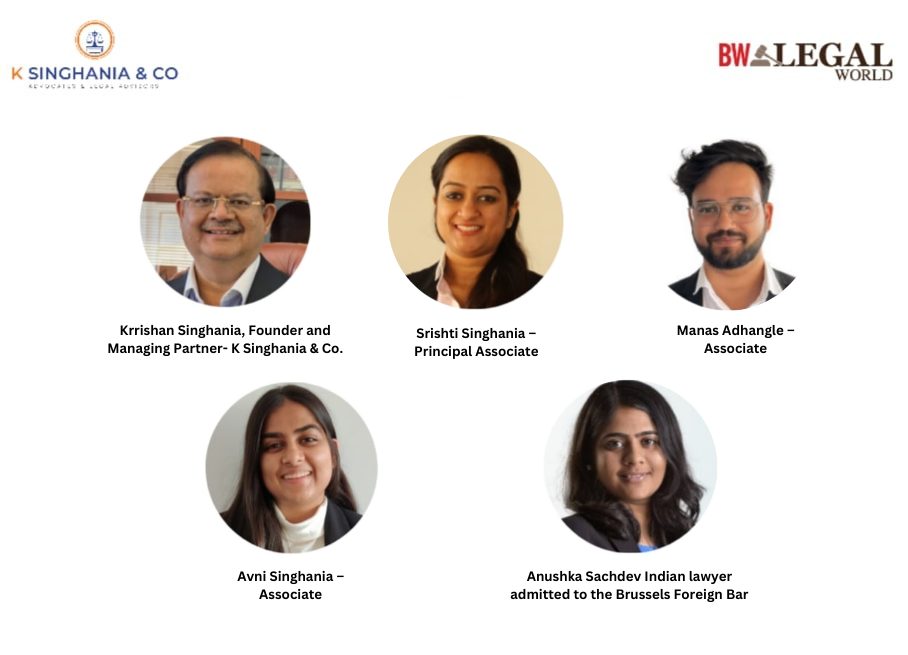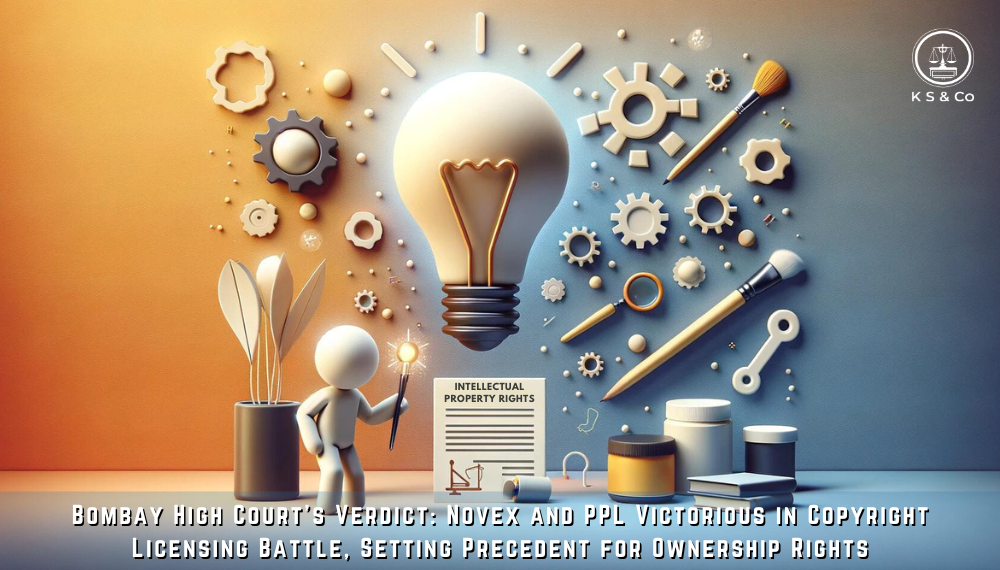
By K Singhania & Co | May 25, 2016
Published in
India making Strides
Establishing IP Regime
The digital age, where media can be shared and distributed like never before, has reduced physical barriers, including National borders, and the US and India are arguably the world’s leading influencers of this process. Music, film and literature are of a prime importance to both, consumers and the artists who derive their livelihood from them. One of the major challenges we face in the digital age is protecting Intellectual Property of our innovators and making sure they are being rewarded for their contributions, which would ensure that the future generations enjoy the art forms as rich, diverse and creative.
Earlier this year, Prime Minister Modi emphasized upon the importance of Intellectual Property rights for India’s innovators. The message could not have been conveyed at a more relevant time. India’s entertainment industry has undergone explosive growth over the past 30 years, led by the television industry’s continued annual double-digit growth. Likewise, India’s rapidly expanding broadband marketplace is creating a massive marketplace for digital content in the film, music and gaming segments, which contribute hundreds of billions of rupees to India’s economy annually.
However, the growth in broadband connectivity also brings with it an increase in the proliferation of piracy, which reduces the incentive of content innovators to create and hampers the companies’ interest in investing. Practices like illegal downloads, recording in movie theatres and other forms of intellectual theft has cost the creative industry dearly.
India and US share a mutual interest in strengthening our intellectual property regimes for a wide range of products and sectors in order to grow our economies, including the music and entertainment industries and the Information Technology sector. Progress is being made in the bilateral agreement to mitigate the threats of intellectual property thefts and counterfeiting. Both the governments maintain a high level working group to engage on intellectual property rights issues. Ideas on copyright protection were exchanged between the two countries in a meeting in Washington recently.
The cooperation between the two countries is a welcome step. It would help strengthen India’s IP Policy, protecting innovators and creators from intellectual property theft. It would promote the vibrant artistic and innovative culture of India. India is making strides towards bringing out more laws in the field of Intellectual Property that are conducive to innovation and that provide stringent protection against intellectual property theft.
In order to encourage indigenous R&D activities and make India a global innovation hub, government has brought a special regime called the Patent Box Regime under which 10 per cent tax on income will be charged on commercial exploitation of patents developed and registered in India. The aim of the concessional taxation regime is to provide an additional incentive for companies to retain and commercialise existing patents and to develop new innovative patented products. The government hopes it will encourage domestic companies across sectors, including automotive, electronics and pharmaceuticals, to locate the high-value jobs associated with the development, manufacture and exploitation of patents in India, the Budget Memorandum states.
The Finance Ministry has released an explanatory note,explaining in detail the amendments to the Finance Bill, passed by the Lok Sabha, aimed at making the regime more friendly. In an attempt to encourage more innovation, the benefits of this liberalized regime, as per the amendments, can now be availed if 75% of the total expenses incurred for developing the patent are incurred by the resident in India. The government has also allowed for deduction of expenditure from income before the calculation of tax. However, to exercise this option, assessee will have to stay in this regime for five years. If he decides to opt out before the completion of five years due to lower profits or losses, he will not be entitled to access the concessional tax scheme for five succeeding years.
On the occasion of Intellectual Property Day, April 26, the secretary of the Department of Industrial Policy and Promotion (DIPP), Ramesh Abhishek said that the government would bring down the time taken to examine applications from the current five-to-seven years to 18 months by March 2018 in another progressive step to do away with lengthy, time consuming procedures.
Currently, the trademark applications that take 13 months to clear would be cleared in a month by March 2017. He was speaking at an event organised by the Federation of Indian Chambers of Commerce and Industry (FICCI). He mentioned that an 80 lawyer panel has been appointed who would provide free consultation and legal advice to start-ups. These applications are now being reviewed on a monthly, quarterly and yearly basis.
The Commerce and Industry Minister Nirmala Sitharaman said that certain measures were underway to make the application process more expeditious and transparent, since according to the figures released by the Ministry, 237,000 patents and 544,000 trademark registration are pending approval. These offices function under the Controller General of Patents, Designs and Trademarks (CGDPT). Sitharaman said the government would fully utilise everything under TRIPS (Trade-Related Aspects of Intellectual Property Rights) to protect the domestic pharmaceutical sector from the pressure exerted by foreign countries.
Subscribe to our Newsletter
Sign up for daily, weekly, monthly newsletter to get the latest news updates delivered directly to your inbox.
Recent Posts
-

Protecting Brands In India And Europe: Comparison Of Trademarks Laws
February 21, 2024



Leave a Reply